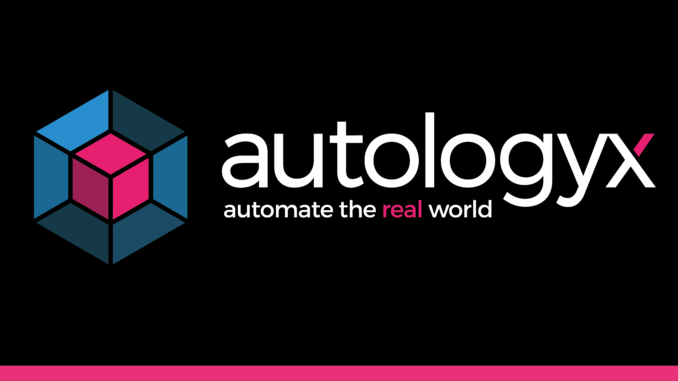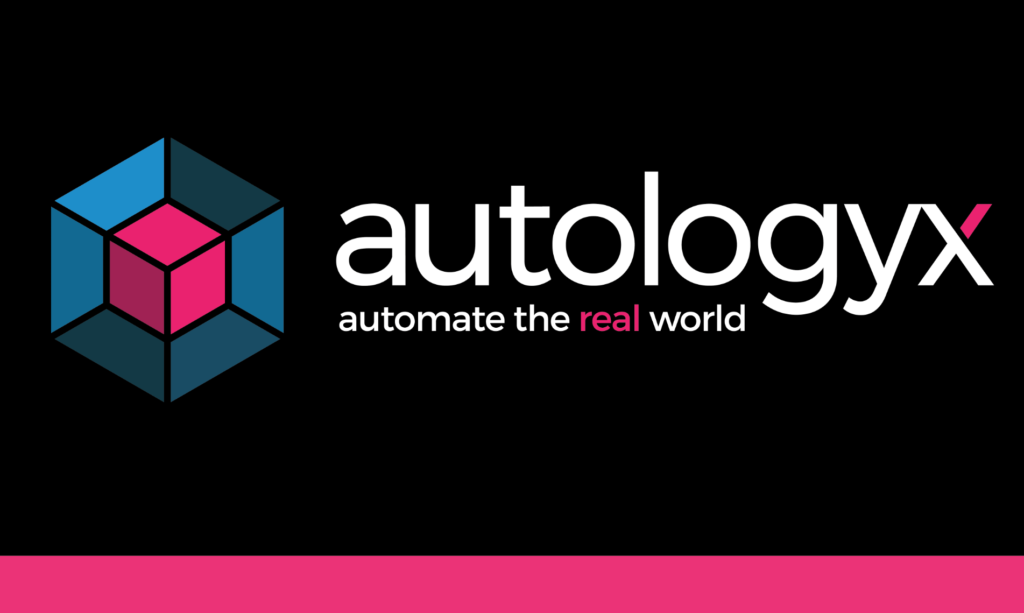
By Ed Wilson, CEO of Autologyx, the no-code digital operations platform.
A few weeks ago, I discussed workflow automation and the solutions available today. But where is workflow automation headed?
To The Platform
It might not come as a surprise that the CEO of a workflow automation platform is suggesting the future is the platform, but it’s with good reason.
Most of us have already undergone some degree of digital transformation at home, where our mobile phones and devices like Amazon Echo have become our personal assistants. Paper notes, live television and trips to the store are dwindling. Siri and Alexa deliver the news, track to-do lists, and order groceries.
This transformation is also happening in the workplace and shares common themes with what has happened at home:
It’s increasingly more connected. A simple example of this is the now-common Single Sign-On – log in just once to your computer network and access all applications without logging into each separately.
As connectivity increases, it promotes having a single source of truth – one central place to house, access, and take action on all information. By bringing data together within a standard framework, you can do far more than just seamlessly log in. The items that you’re working on and the tasks that need to be done will be readily served up to you.
This also extends to include internal business functions and external stakeholders. You can collaborate on a contract renewal with your internal client, outside counsel, and counterparties as part of a seamless end-to-end process. You can also connect the power of machine learning with this human expertise (human-in-the-loop automation) to work more effectively.
It’s increasingly real time. Connectivity and immediacy work hand-in-hand. Monitoring tools become more powerful when the data is comprehensive and up to date.
Take Service Level Agreements (SLAs) for example. You don’t have to wait for a daily sync to find out an SLA was missed. Instead, real-time cues trigger an action to avoid missing deadlines. Perhaps the business day is done, but review hasn’t started; the work is rerouted to a team in another time zone to get it done on time.
It’s increasingly more convenient for its users. The technology of the future will display what you need, in the place that you need it, in the way that you prefer. This may take the form of a sidebar in your email inbox, a messaging application such as Teams or Slack, a work queue, or even eventually voice activation.
It’s not without challenges. A few data structures in legal are standardized but many are not, making it difficult to actually use data. The same data point in different point solutions likely won’t match up – even as simple as dates formatted differently in each system. It takes time and great effort to clean up and map data across applications to make it functional.
These are not new challenges. Finding ways to appropriately manage information in a useable way has driven technology this far and will continue to fuel innovation going forward.

What Does This Mean For You Today?
A platform can provide the common data model underpinning all your applications, acting as your single source of truth by pushing and pulling relevant data between them. Real time, standard data becomes available not only within a specific application, but across applications. Putting it in place now will help mitigate data challenges down the road.
If you’re a legal team with very little technology, moving forward with a platform now will help to future-proof your technology. Start with one key process, then expand. You don’t have to maximize use overnight. This ‘small steps’ approach also helps with change management if your team is resistant to technology at first.
If you’re a legal team with several point solutions already in place, using a platform will help bring it all together. This doesn’t mean you throw out the tools you have, but you can begin to serve up data in a better, more effective user experience by connecting it within a common data model.
Down the road, you can assess what to do with each point solution. There may be some you can replace with the platform, such as document automation tools. Other highly specialized point solutions, like eDiscovery or IP management, may be best left in place, with the platform enabling better centralised reporting.
If you’re an advanced legal team, your multi-year technology roadmap may address replacing aging technology. Using a platform allows you to connect to other business functions. Once you have a common data model in place, the applications are just inputs and outputs; you can readily swap in better tools and retain centralised reporting. It will also enable more advanced use cases, like incorporating machine learning into workflows and empowering human-in-the-loop automation.
Then select the right platform. Most generic business technology won’t meet the needs of legal. There are complex legal specific use cases that take time to understand and develop – and need to be easy to use. Choosing a platform provider fluent in legal operations will save critical time and effort.
A true digital operations platform enables legal teams to automate, integrate and scale complex workflows, and provides the foundation for your connected business applications. It works in real time, managing non-linear, simultaneous processes that reflect the complexity of real-world interactions.
Then, the key question is how the platform manages data. The underlying data model is critical. What a platform does (or does not do) with data defines the extent of its performance. If the data model isn’t flexible and scalable, it will not support the applications of the future.
So What If You Wait?
The future is coming regardless of how prepared you are. There are areas today where your team is spending unnecessary time it doesn’t have. If you put the right platform in place now – a standard framework to support all workflows – you can take advantage of the benefits today and be ready for rapid growth and new demands as they arise.
—
You can find more information about legal automation and what Autologyx can do for you: here.

[ Artificial Lawyer is proud to bring you this sponsored thought leadership article by Autologyx. ]